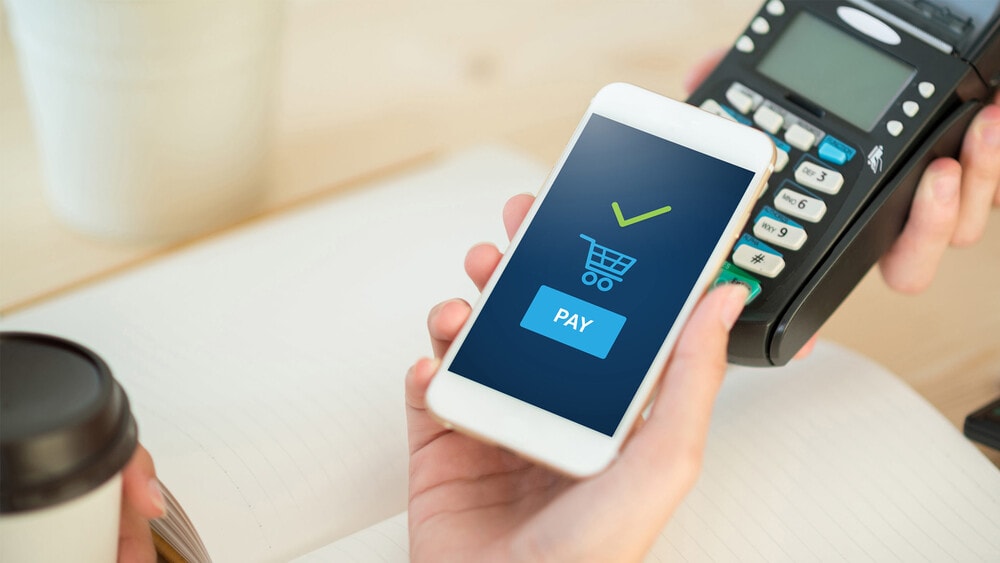Mobile payments have quietly become a major part of how we handle money. Whether you’re using Apple Pay, Google Pay, QR codes, or banking apps, smartphones are replacing wallets—one tap at a time.
Let’s take a look at what mobile payments are, how they work, and why this shift is happening faster than ever.
📲 What Are Mobile Payments?

Mobile payments refer to any financial transaction completed using a mobile device, especially a smartphone. They allow users to:
-
Make in-store purchases via contactless payment
-
Pay online using saved wallet apps
-
Transfer money between individuals (like Venmo or PayPal)
-
Pay bills through banking apps or mobile services
-
Use QR codes or NFC (Near Field Communication) for fast checkouts
The goal? Speed, convenience, and flexibility—without needing physical cash or even a debit card.
🚀 Why Mobile Payments Are Growing So Fast
A few years ago, mobile payments were just a novelty. Now, they’re everywhere. Here’s why:
1. Convenience
No more digging for your wallet or exact change. Just tap, scan, or swipe your phone. Done.
2. Speed
Transactions are often faster than using cash or swiping cards.
3. Safety and Hygiene
Especially during the COVID-19 pandemic, contactless payments became a go-to option to reduce touchpoints.
4. Better Money Management
Mobile payment apps often provide real-time tracking, spending summaries, and easy access to transaction history.
5. Global Acceptance
From street vendors to luxury retailers, more businesses accept mobile payments than ever before.
🧠 How Mobile Payments Actually Work
There are a few common methods powering smartphone transactions:
✅ 1. NFC (Near Field Communication)
Used by services like Apple Pay, Google Pay, and Samsung Pay. Just tap your phone near a payment terminal—similar to contactless credit cards.
✅ 2. QR Code Scanning
Popular in Asia (and growing globally). Apps like WeChat Pay and Alipay use QR codes to send or receive money instantly.
✅ 3. In-App Payments
Many apps now offer built-in payment systems—like ordering food, rides, or goods directly inside apps like Grab, Gojek, or Amazon.
✅ 4. Mobile Banking Apps
Banks now offer full-featured apps where you can pay bills, transfer funds, or manage accounts without ever visiting a branch.
💳 Mobile Wallets vs. Traditional Payment Methods
Let’s break it down:
| Feature | Mobile Wallets | Traditional Cards/Cash |
|---|---|---|
| Speed | Super fast | Slower (swipe, sign, etc.) |
| Security | Encrypted + biometrics | Vulnerable if stolen |
| Convenience | One device, many uses | Multiple cards or cash |
| Budget Tracking | Real-time spending alerts | Manual tracking |
| Acceptance (global) | Growing, but not universal | Still more widely accepted |
Mobile payments win on speed and convenience, but you’ll still want a backup card or cash for places that haven’t made the switch.
🔒 Are Mobile Payments Safe?
This is a common concern—and it’s a valid one. The good news? Mobile payments are often safer than traditional methods, thanks to features like:
-
Encryption and tokenization
-
Biometric authentication (like Face ID or fingerprint)
-
No actual card number shared during transactions
-
Easy ability to lock your phone or wipe data remotely
Still, it’s smart to:
-
Use strong passwords or biometric security
-
Avoid public Wi-Fi when making transactions
-
Monitor your accounts for suspicious activity
Like anything digital, the user plays a big role in security.
🌍 The Future of Mobile Payments
Mobile payments aren’t just a trend—they’re becoming the default method of payment for millions around the world.
In places like China and parts of Southeast Asia, cashless is already the norm. Even in traditionally card-heavy regions like the U.S. and Europe, contactless and smartphone payments are on the rise.
What’s next?
-
Wearable tech (smartwatches with payment capability)
-
Voice-activated payments
-
Digital IDs and licenses stored alongside your wallet
-
Cryptocurrency integration in mobile wallets (already happening in some apps)
As technology evolves, your phone may become the only thing you need to carry.
✅ Final Thoughts: A Wallet in Your Pocket
We’re living in a time where you can book a ride, order dinner, split the bill, and pay your rent—all from the same device. That’s the power of mobile payments.
They’re not just a convenience—they’re a shift in how we think about money, access, and transactions. And as more people embrace this change, it’s clear: your smartphone is becoming your new wallet.
